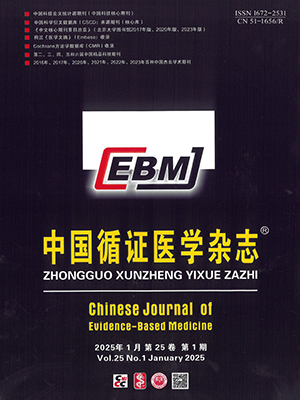The number of clinical practice guidelines for traditional Chinese patent medicine has been increasing recently. However, the quality of guidelines was still low compared to international guidelines. Considering the characteristics of traditional Chinese patent medicine, we suggested the following items should be taken into account when developing traditional Chinese patent medicine guidelines: ensuring the standardized guidelines of traditional Chinese patent medicine research problem is scientific based on reliable evidence; identifying the common questions according to these research problems; understanding the strength of evidence and how to recommend correctly; inviting some experts in other fields to take part in the development of guidelines; paying more attention on the changes of disease burden and the impact of new methods and technologies when developing the guideline; paying more attention to the non-consensus opinions and evidence supporting these opinions; insisting on quality is the priority, while speed is secondary.
Citation: YU Jiajie, GAO Xuemin, LI Ping, LI Lei, YAN Meihuan, LI Youping. Considerations and suggestions for standardizing clinical practice guideline of traditional Chinese patent medicine-chronic renal disease as an example. Chinese Journal of Evidence-Based Medicine, 2019, 19(12): 1477-1480. doi: 10.7507/1672-2531.201811001 Copy
Copyright © the editorial department of Chinese Journal of Evidence-Based Medicine of West China Medical Publisher. All rights reserved




